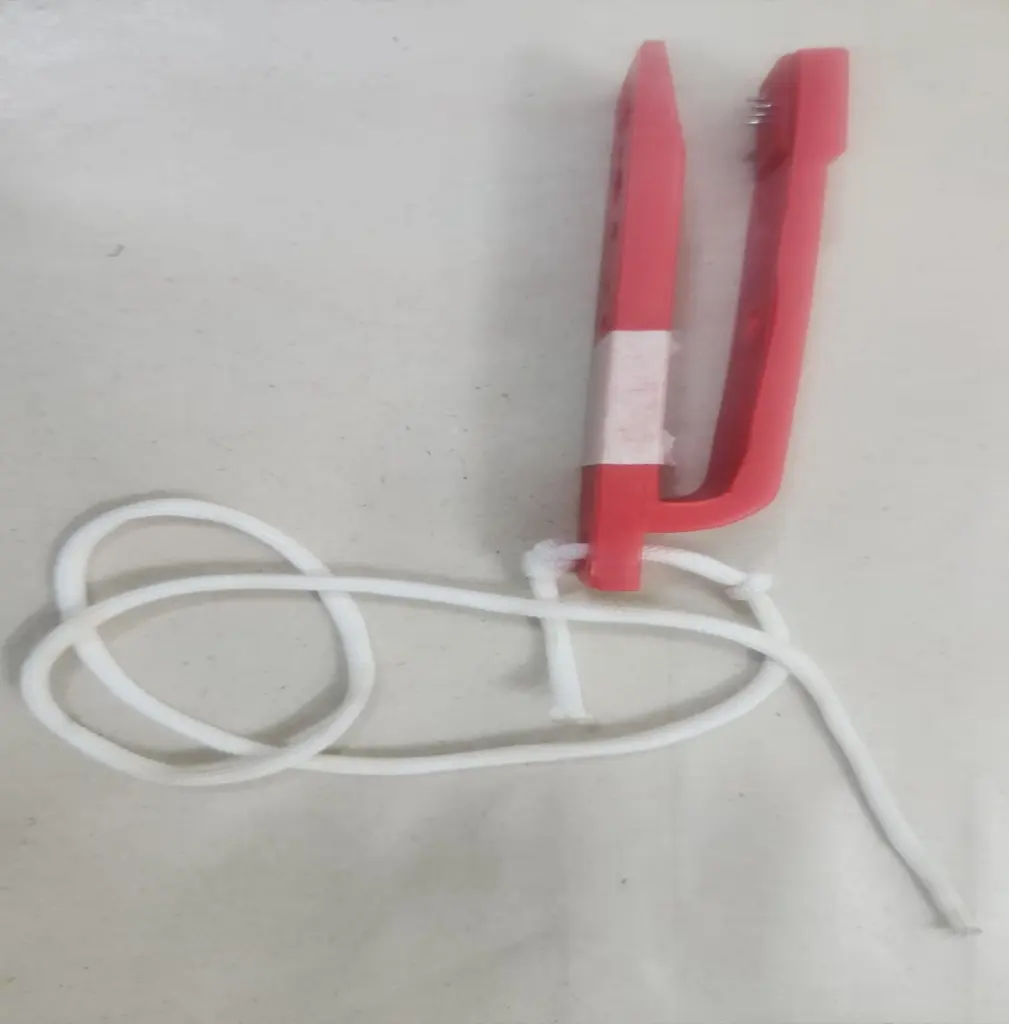Orienteering Gear
Equipped to Explore, Ready to Conquer.
Essential Orienteering Gear
Orienteering requires specific gear to help participants navigate effectively, stay comfortable, and remain safe in diverse environments. Whether you’re a beginner or a seasoned Orienteer, having the right equipment is key to enjoying and succeeding in the sport.

Navigation Tools
Map:
The Orienteering Map is the most critical tool, offering detailed information about the terrain, landmarks, and course checkpoints.
The Control Description Sheet and the Scoring Sheet are provided by the OFI on the same sheet as the Map.
Control Description Sheet:
These provides specific location of the Control Point through specific Orienteering Symbols.
Punch Card or Scoring Sheet:
On the sheet markings are made with punches at each Control. Electronic Dibber (worn on finger) is required where electronic scoring is done.
Compass:
A baseplate or thumb Compass helps with accurate map orientation and efficient route planning. Thumb Compasses are particularly popular for their ease of use while running.
Footwear and Clothing:
Trail Shoes or Running Shoes with Good Grip: Essential for traction on varied terrains such as muddy paths, rocky trails, or grassy slopes.
Choose lightweight, durable shoes that can handle wet or uneven ground.
Durable Clothing: Wear breathable and moisture-wicking fabrics to stay comfortable during physical activity. Suitable clothing for protection against scratches and vegetation may sometimes be required.
Weather-Appropriate Layers: In cold or wet conditions, add layers such as a lightweight jacket. Opt for waterproof or windproof gear when necessary.
Gaiters:
Protect your lower legs and ankles from scratches, mud, and debris while running through thick underbrush.
Safety Equipment
Whistle:
A mandatory safety item for most events, used to signal for help in emergencies. Know the standard whistle signal: three short blasts to indicate distress.
First Aid Kit:
Carry a small kit with essentials like bandages and antiseptic wipes, especially for remote courses.

Hydration and Nutrition
Hydration Pack or Bottle:
For longer courses, a hydration pack or handheld water bottle is essential to stay hydrated. Many events also have water stations along the course.
Energy Snacks
Carry lightweight snacks like energy bars or gels for sustained energy during extended events.
Optional Accessories
Watch
A simple stopwatch or GPS-enabled watch can help you monitor your time during the event.
Headlamp or Torch
For night Orienteering, reliable lighting is essential to navigate safely and read the map in low-light conditions.
Control Description Sheet Holder
Worn on the forearm to put the Control Description Sheet (where it is provided on a separate sheet).
Sunglasses and Hat
Protect from the sun on bright days.
Backpack or Belt Pack:
For carrying extra gear, snacks, or water during longer events.
Choosing the Right Gear
When selecting Orienteering gear:
Prioritize Comfort and Functionality: Ensure your gear supports freedom of movement and suits the event’s terrain.
Invest in Quality:
Durable equipment will withstand the wear and tear of rugged environments.
Test Before Events: Familiarize yourself with your gear to ensure it performs well under event conditions.
